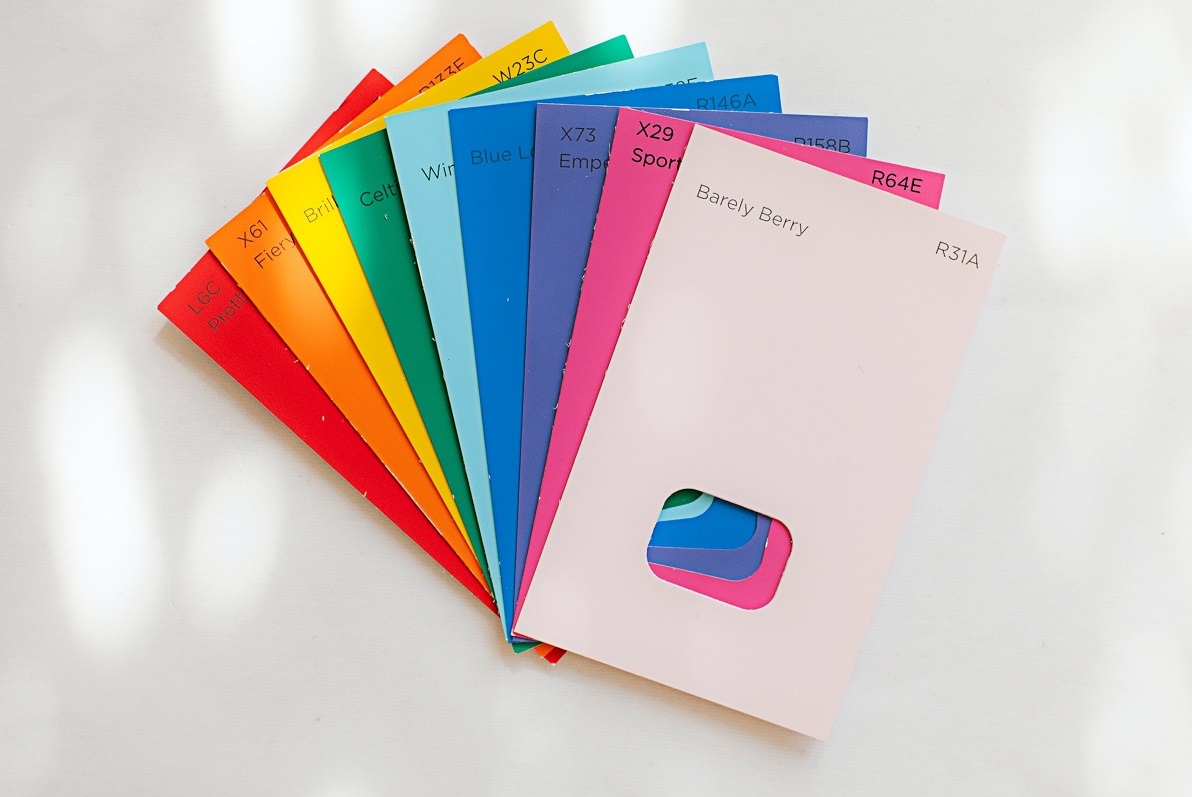Ashley Redmond: I'm Ashley Redmond for Morningstar.ca and I'm here with Heather Brilliant. Her team is introducing quantitative equity ratings, and they will be coming to Morningstar.ca in the new year. They will expand our coverage to over 28,000 companies in 86 countries. So, Heather, why don't you explain what quantitative equity ratings are?
Heather Brilliant: Sure. So essentially what we have is – we currently cover 1,600 companies with our analyst staff, and so our quantitative ratings are trying to leverage the work that we've done around those 1,600 companies and expand the universe by looking for similar characteristics among companies that we don't cover. So we can come up with quantitative ratings that are kind of a parallel to our analyst ratings.
Redmond: Okay. And what's the methodology based on?
Brilliant: So the methodology is called a random forest, but the idea really is that we take all of the observable data points that we have for this many companies through our equity database, and we look for characteristics that are literally equivalent or similar to the companies that we cover.
So, for example, we look at our wide moat universe of companies under coverage and look for – the model will basically look for which factors are the most predictive of figuring out which company would have a wide moat and applying those factors to companies outside of our coverage universe.
Redmond: So, by utilizing that and also the qualitative information that we get from our analysts, is there going to be situations where the quantitative and qualitative ratings are different?
Brilliant: Yeah, that's certainly a possibility. We've looked at that. So far, it happens in a very small percentage of cases. But when it does happen, we still think that's very informative to investors, because, of course, no one ever knows the right answer when we're investing. So, the more information we can give to investors to help them make a better decision, the better.
So generally speaking, we think our analyst ratings are very much driven by someone looking at the stock and analyzing the situation, so they are very specific to that particular situation or company, whereas the quantitative ratings are an estimate of what we might think if we were looking at the company. So, I would generally think that you would want to rely on the analyst rating.
Redmond: Okay. So, as an investor, how will I use this information for my portfolio?
Brilliant: Well, it's a great way I think to find new ideas. [For example], we are going to use it as a research department to be able to find companies [that] we don't currently cover that we think will be interesting to add to our coverage list. But I think there's also many ways to look for valuation trends across different countries and regions that we're really excited about and even we can find which countries might be particularly well suited to finding companies with wide moats versus countries that maybe are less moaty.
Redmond: So to give investors some more information, let's talk about the five data points. So I'm going to read the data points on the quantitative ratings, and then you tell me a little bit about it.
Brilliant: Okay.
Redmond: So, I'll let's start with quantitative fair value estimate. So maybe you could just tell me about that point briefly?
Brilliant: Sure. So the quantitative fair value estimate is basically equivalent to the analysts' fair value estimate. On the analyst side, we're estimating the underlying value of the cash flows the business can generate, and the quantitative version of that is essentially looking for how companies that would be similarly valued in the marketplace. It's sort of like a very fancy comparables generator.
Redmond: Okay, great. And the next one is quantitative valuation.
Brilliant: So, quantitative valuation is very related to that. We're just looking at where is the stock price trading relative to that fair value estimate? So, the valuation will be overvalued if it's trading above that fair value estimate and undervalued if it's trading below.
Redmond: And economic moat?
Brilliant: So economic moat is really the cornerstone of our philosophy, and on the analyst side, we have a very in-depth process for determining a company's moat. So what we're trying to do with the quantitative moat is to estimate what we would rate the company if we covered it. So, it's really – so the rating will be equivalent in the sense that we will find wide quantitative moats, narrow moats and no moats, just like we do on the analyst side.
Redmond: And quantitative uncertainty?
Brilliant: So, this is really looking at the range of possible outcomes or the variety of data points that we found with regard to the valuation. So, the uncertainty will give investors a sense of how broad the cone of possibilities is for a given company.
Redmond: Is this included in analyst reports now? The uncertainty aspect.
Brilliant: It is included in analyst reports today. So, for companies that we cover, our uncertainty rating is more about how well can we estimate the cash flows of that business. On the quant side, it's more about how many disparate data points did the model generate when trying to come up with the valuation.
Redmond: And lastly, financial health.
Brilliant: So, financial health really tries to get to the potential for some kind of default or bankruptcy event. And so, of course, we're always trying to make sure as investors that we avoid situations where the financial health is poor, and we're really using our credit rating methodology here.
On the credit side, we cover about 700 companies mainly in North America and Europe, and we're really trying to use that methodology to estimate what the credit worthiness of each business is.
Redmond: Okay, great. That's tons of great insights. Thanks so much, Heather.
Brilliant: Thanks, Ashley.
Redmond: Look for the new quantitative ratings in the new year on Morningstar.ca.




















